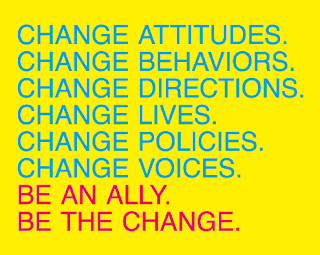
3 types of Mangroves: Red, Black, and White

Saw Palmetto



red and white mangove pods

air plant
This week we visited Matanzas Pass Preserve and the Estero Island Historical Cottages. A wonderfully cheery old woman named Jo greeted us with a sweet spread of cookies, lemonade and sea grape jelly, a local delicacy and a hit amongst the class. We learned about the incredible change of local culture and environment from the early 1900's till today.
Jo told her story with a reminiscent intimacy as she experienced it all first hand, having inhabited the island since her birth early in the 20th century. She has experienced the introduction of the electrical grid, the construction and destruction of 3 bridges, the rise and fall of the fishing industry, and a couple life changing hurricanes. (Of those hurricanes, an infamous one in 1926 inspired the University of Miami to name their football team as such).
Estero Island was once a simple fishing village with sprawling beaches and sparkling blue/green waters, a haven for mosquitoes but just as much the same for those disinterested in the city life. Mullet was the prize and luxury meant having the "cadillac" of mosquito repellent sprayers. Jo Hughes grew up in a town of about 400 people, one that now has a year round populous of 5-6 thousand and a winter season of 50-60k! It should go without saying that the activity has severely altered the environment for not only the early settlers, but those that were creating a history well before humans; plants, sealife, land animals, etc. Jo told us that when she was young you could stand on a boat and clearly see 15 feet below, all the way to the sandy bottom! Since people began meddling with major bridges and dams, well, there's now a terribly unfortunate silty foot or two of visibility. Mullet used to be so thick that she swore she could walk across their schools, and oysters and scallops abound- not much to be said of them anymore. Fortunately there is a ongoing effort to restore the oyster reefs as they are capable of individually filtering 9 gallons of water per hour!
Now although the changes have produced many adverse reactions there is still plenty of hope for the area. Conservation 20/20 is a major organization committed to restoring and/or preserving properties of environmental significance, and has done so with Matanzas Pass by aquiring nearly 60 acres at a cost of 1.4 million dollars. Check it out!
Conservation 20/20 - Matanzas Pass
FGCU and local residents have also contributed hundreds of volunteer hours towards cleaning the area of debris and restoring those oyster reefs, with many more hours to go.
Once we had enjoyed Jo's presentation and another round of treats, we headed out on the trails to identify some plant life and a few marine animals. We identified and observed mangroves, the treasured sea grape, some turtles and the scurrying crabs. Take a look!


scorpian tail


white mangroves

blue crab hiding

Sea grapes








